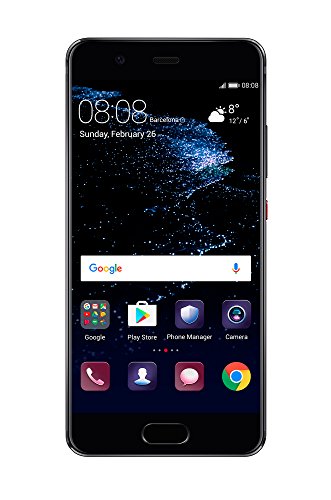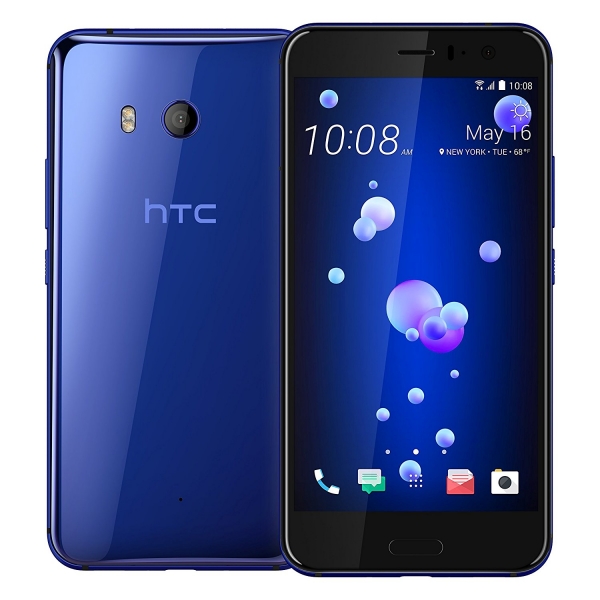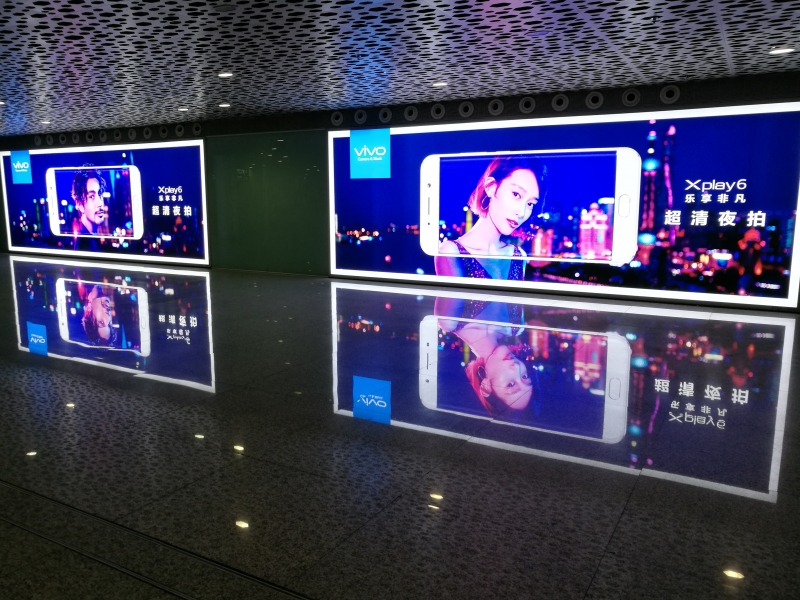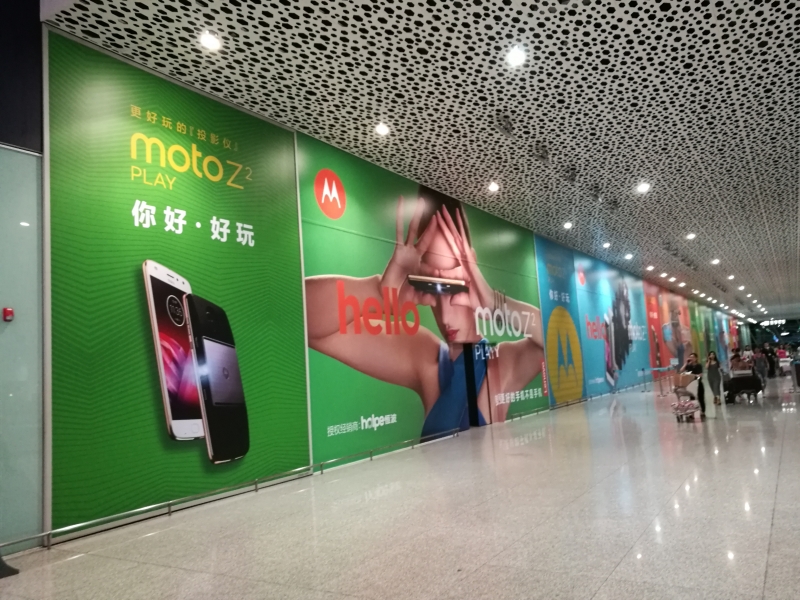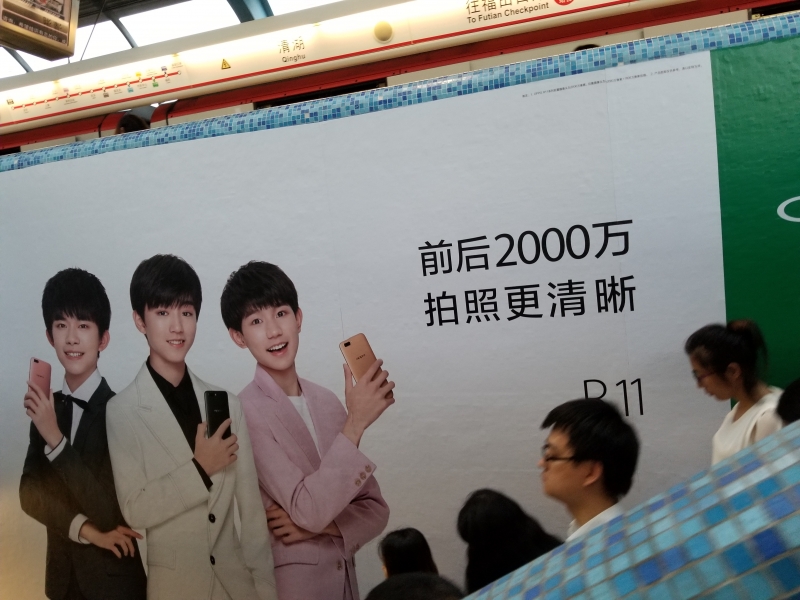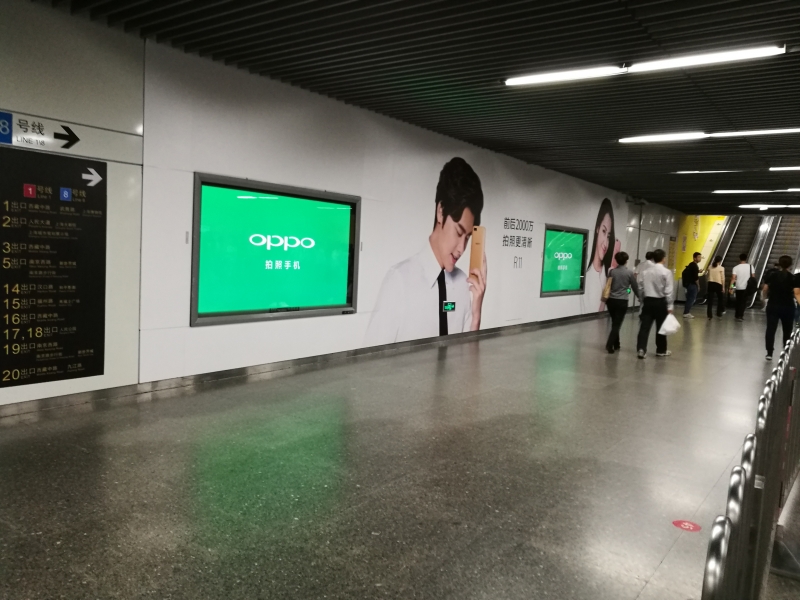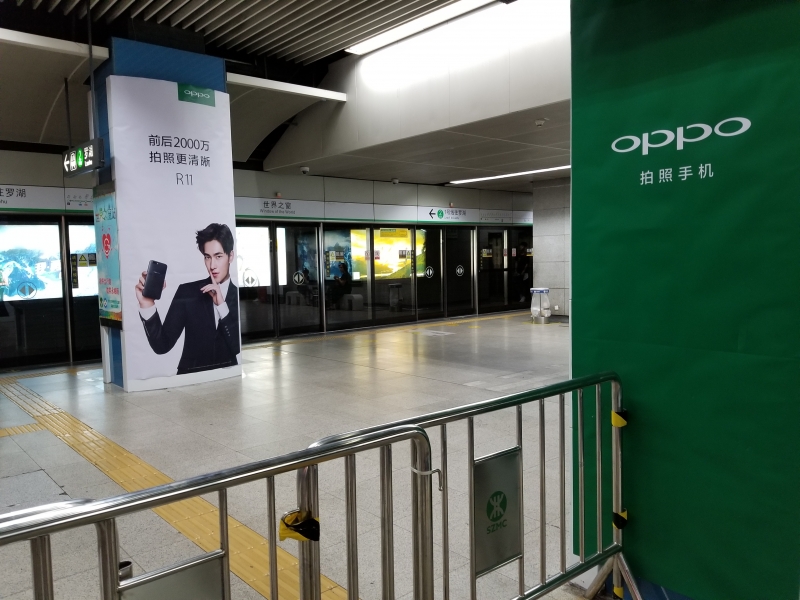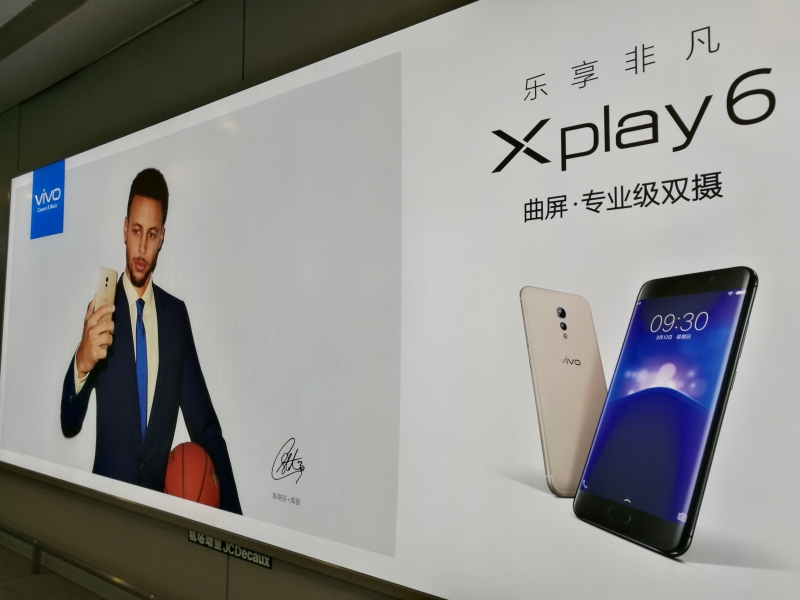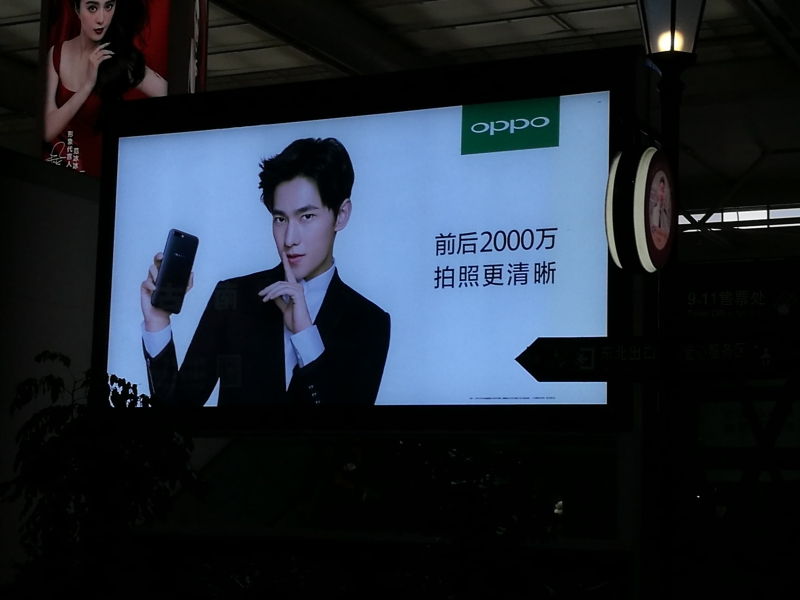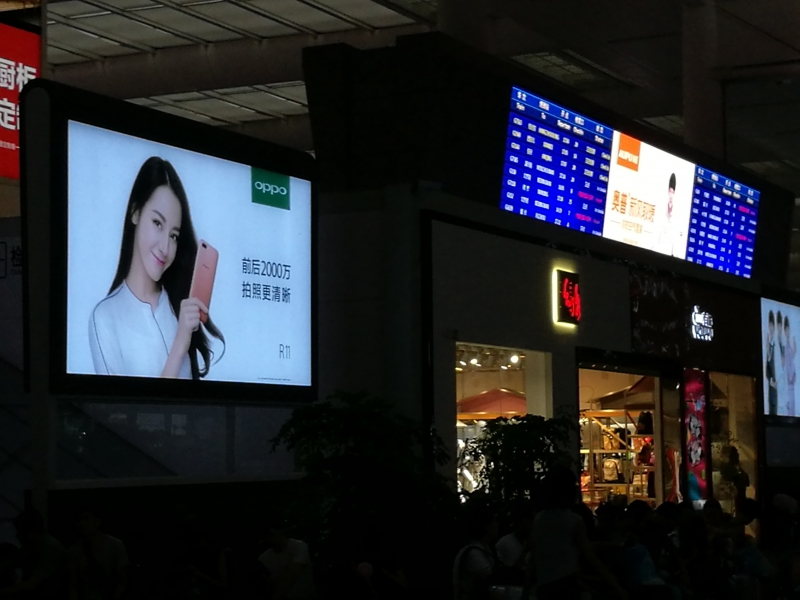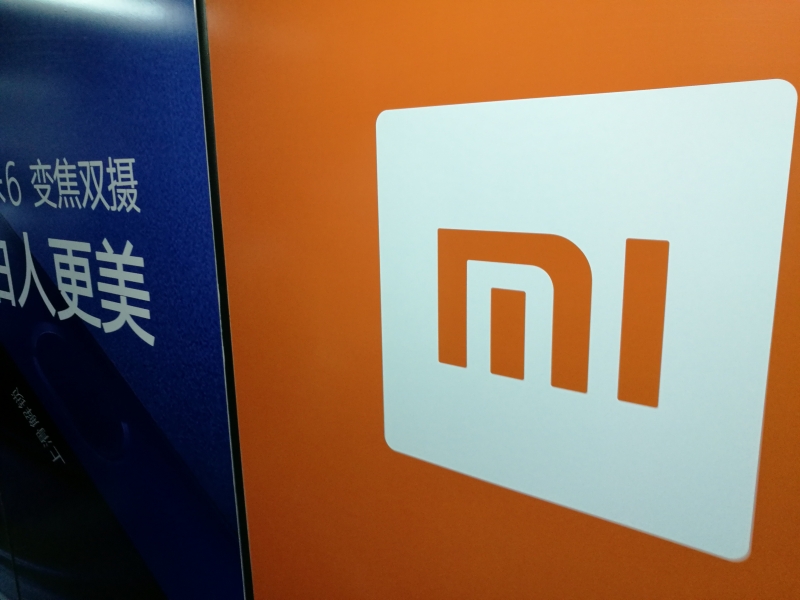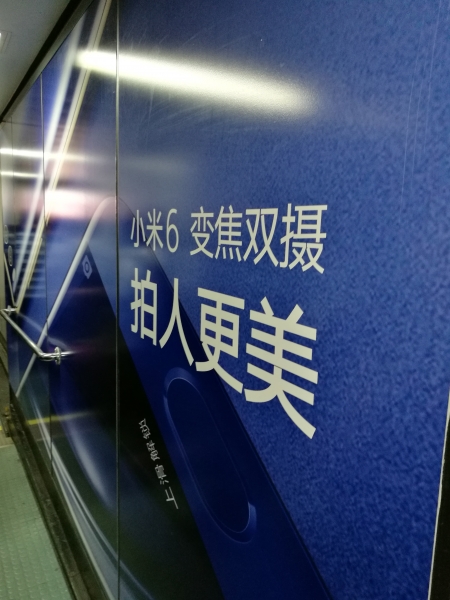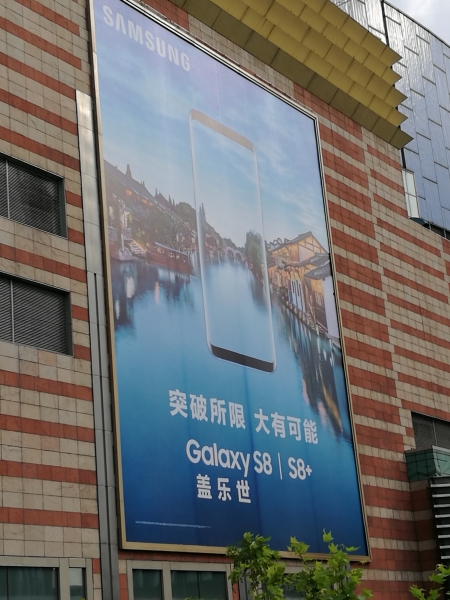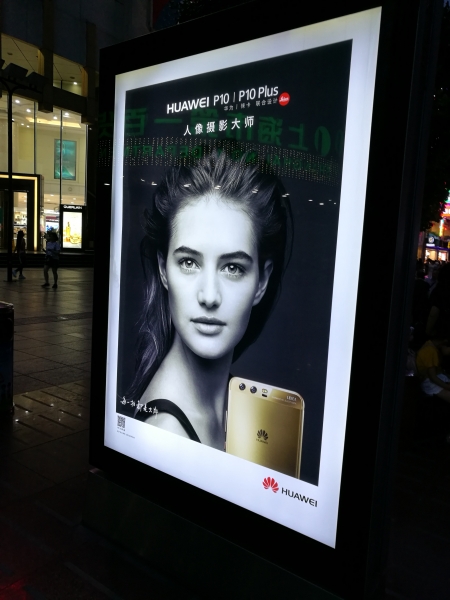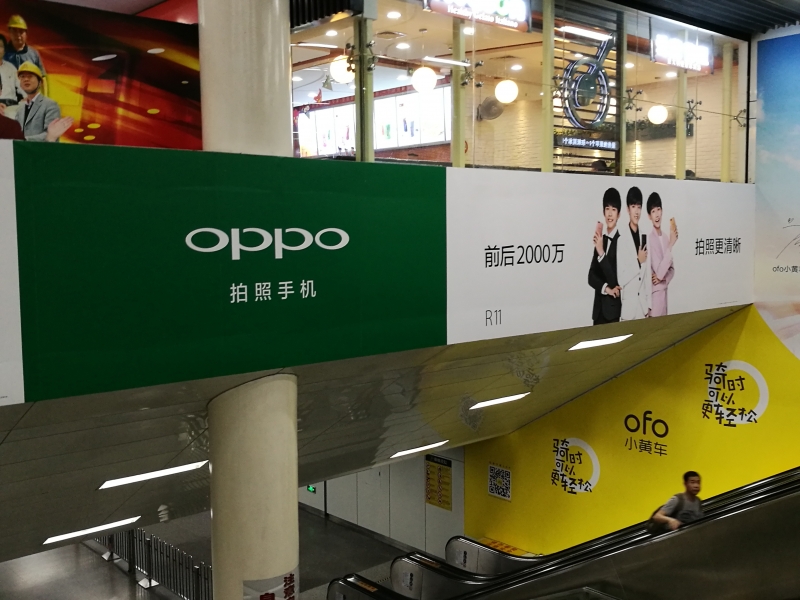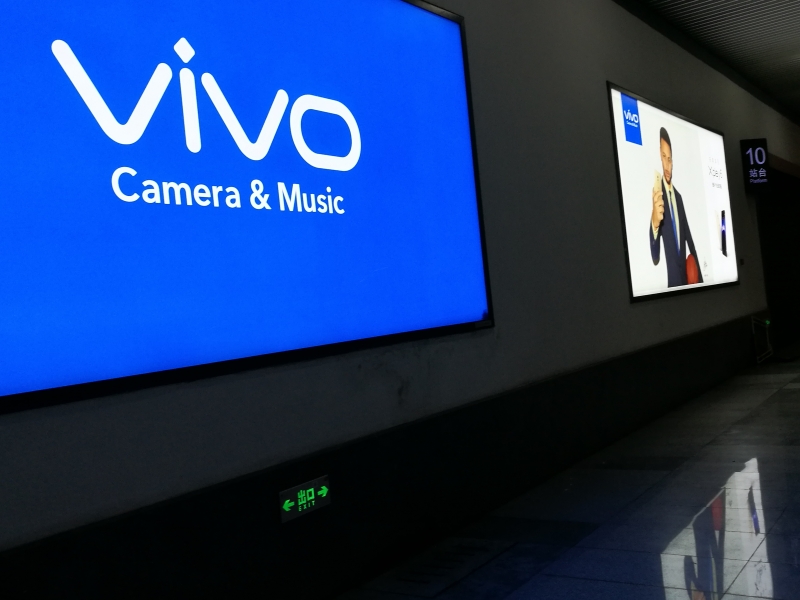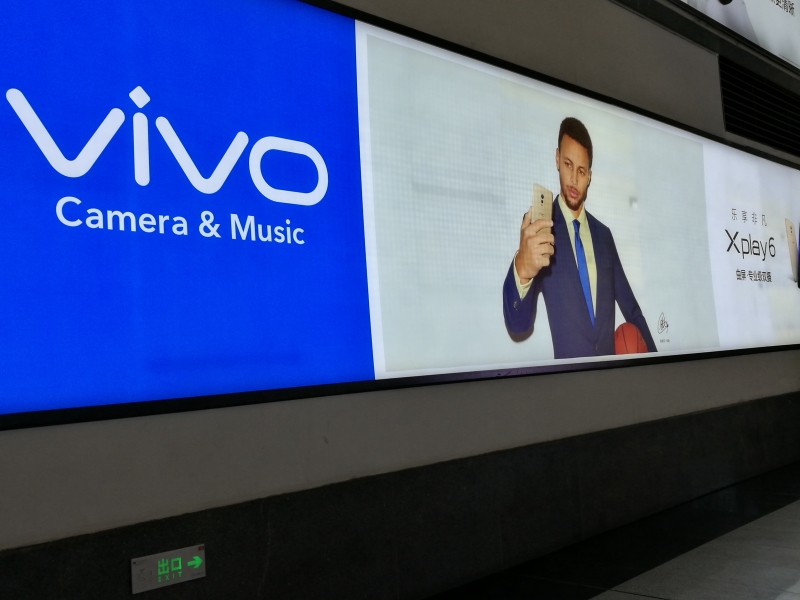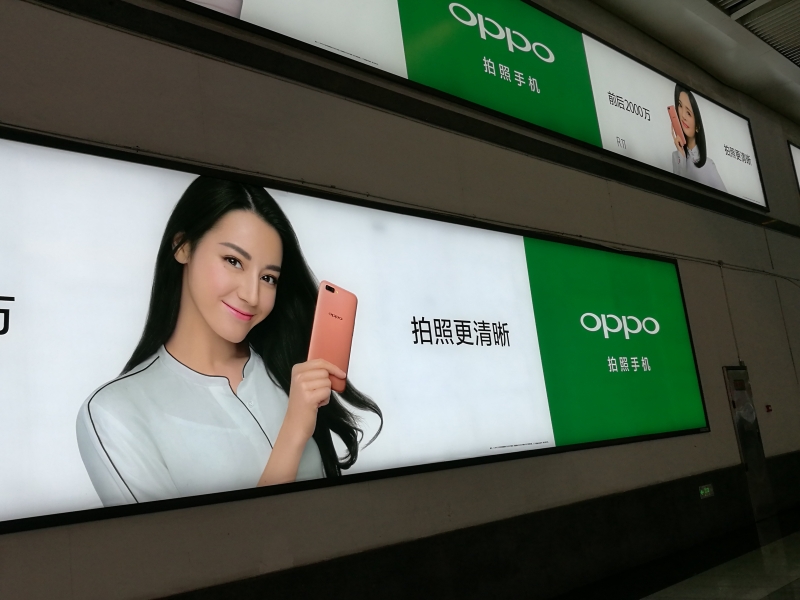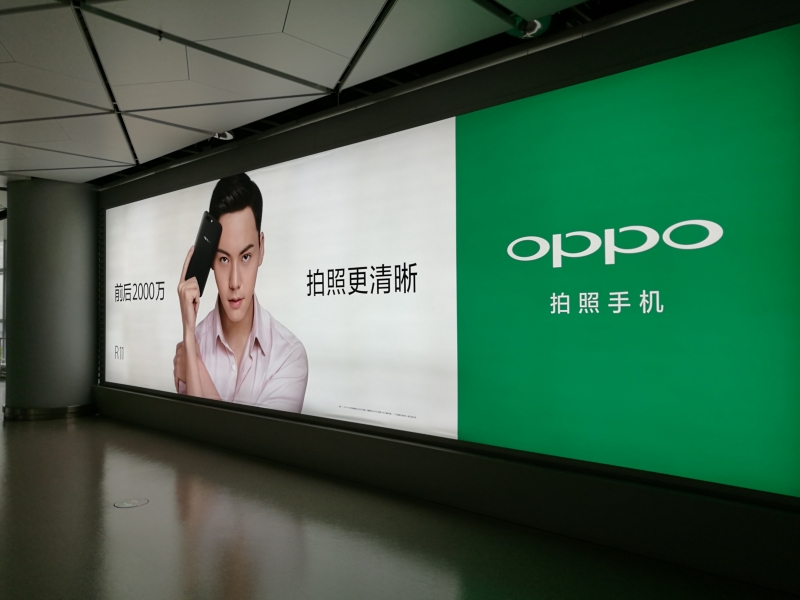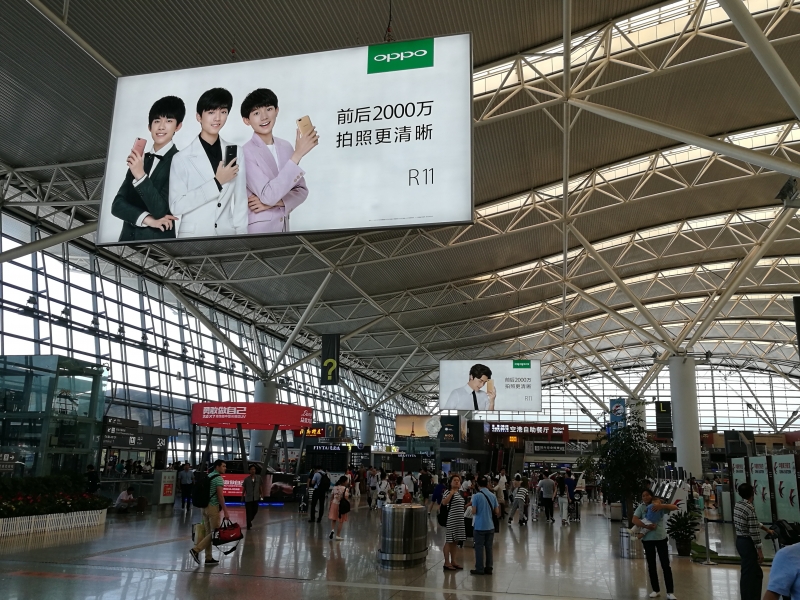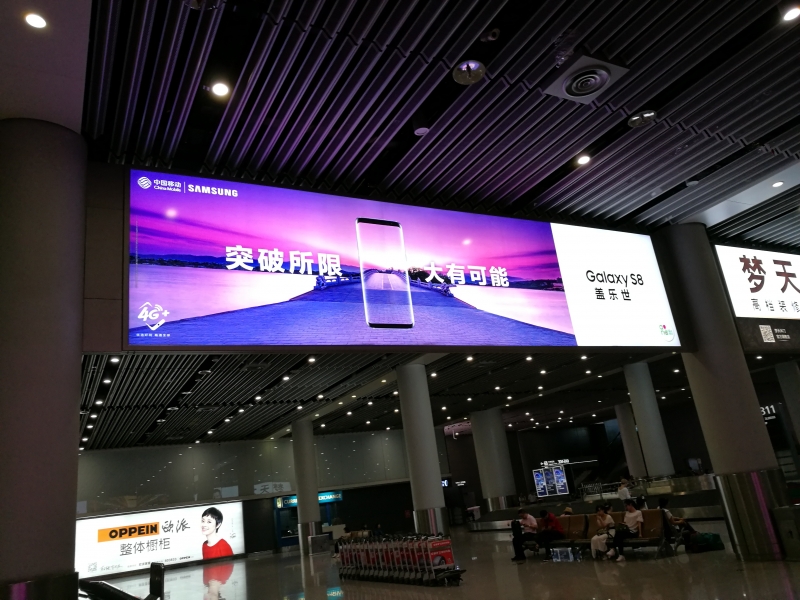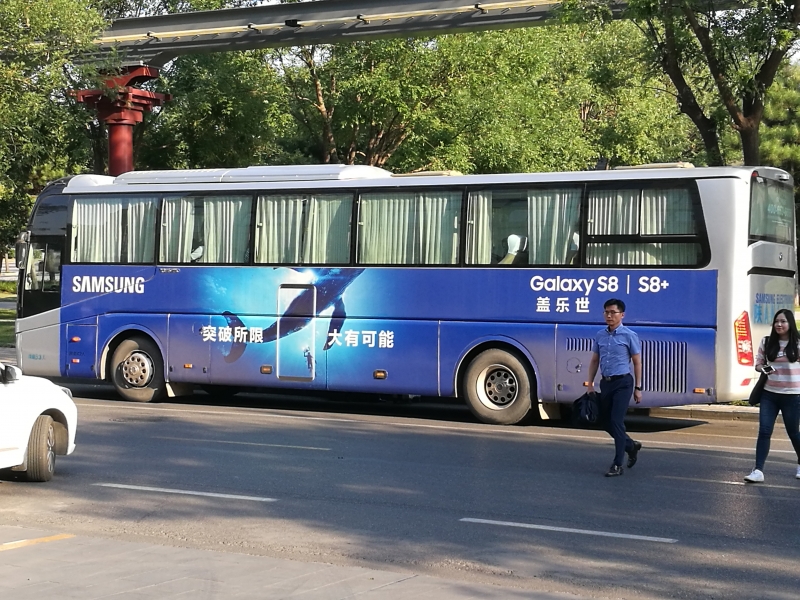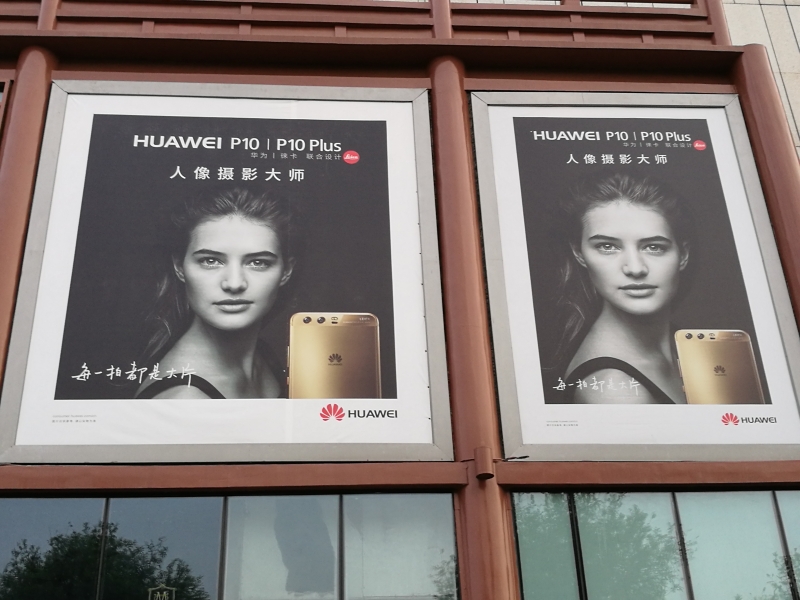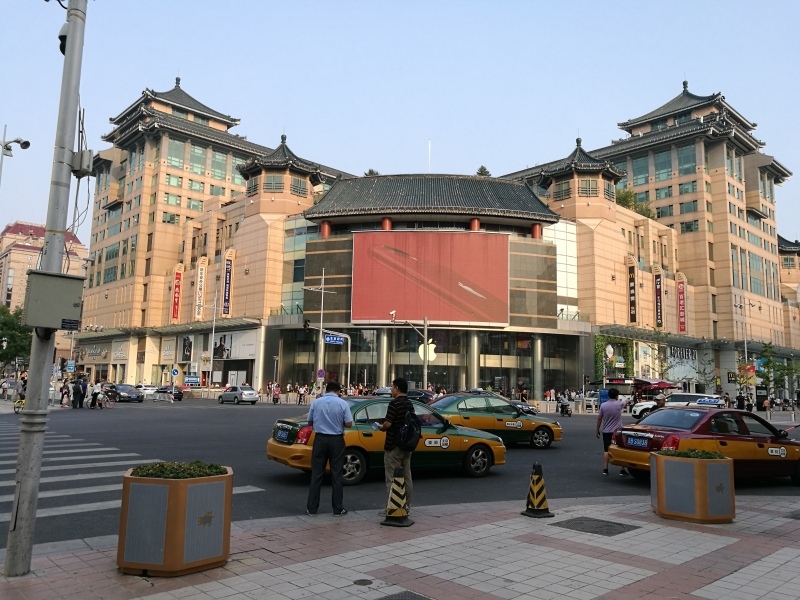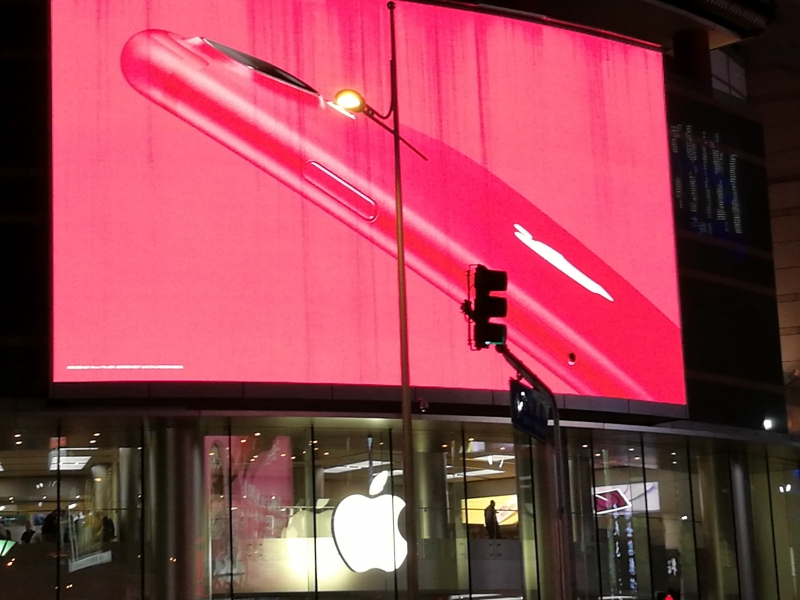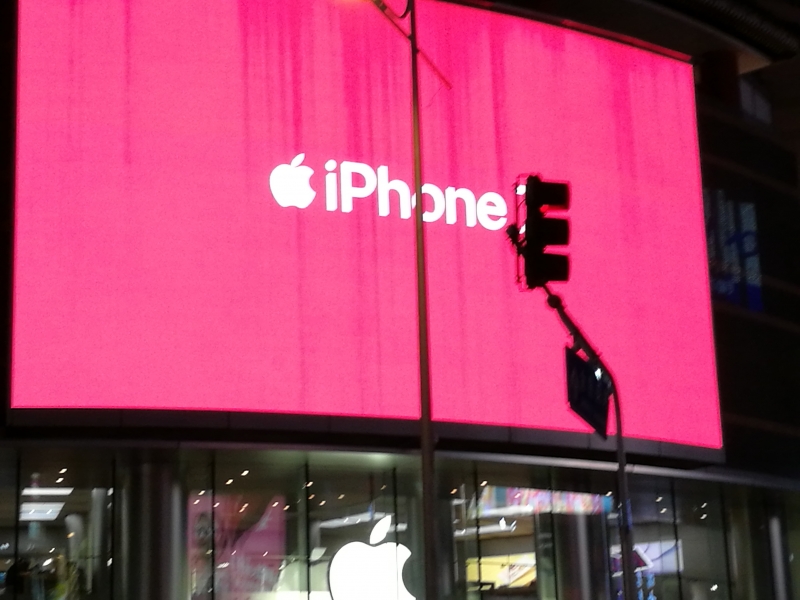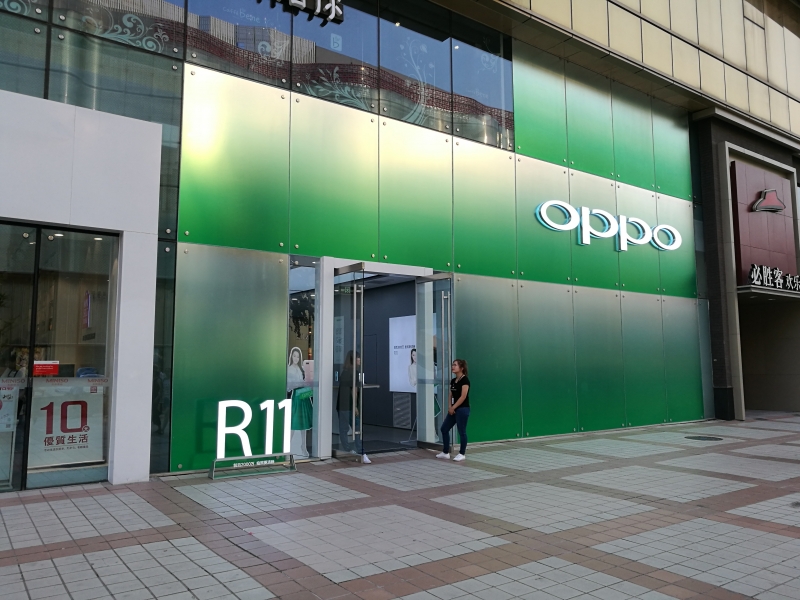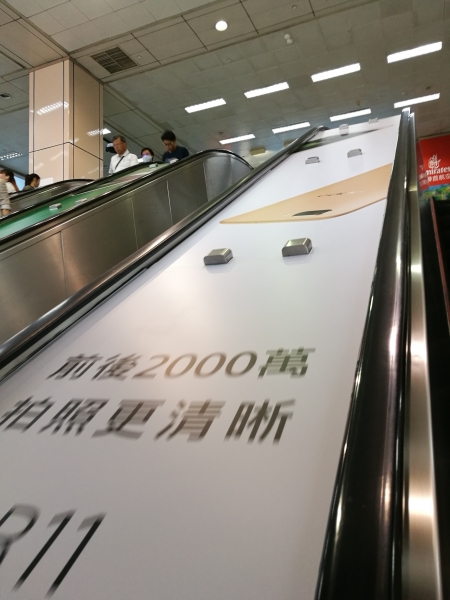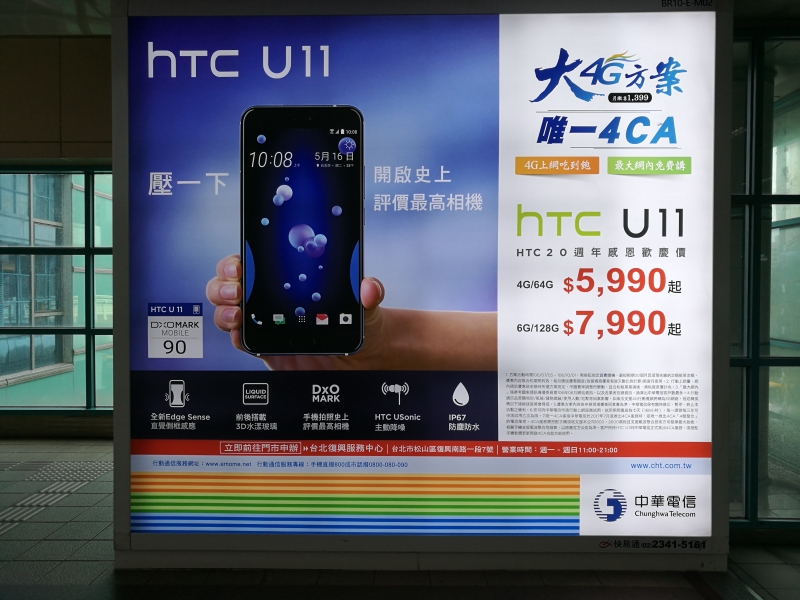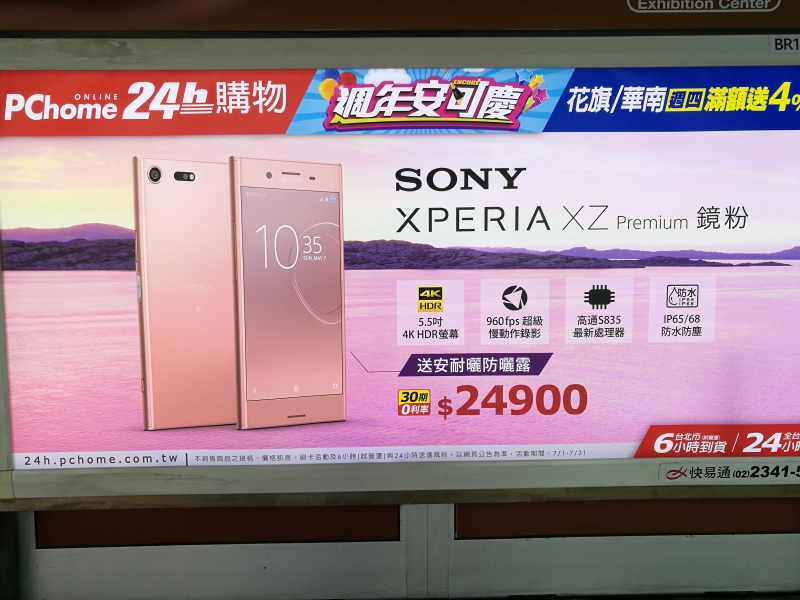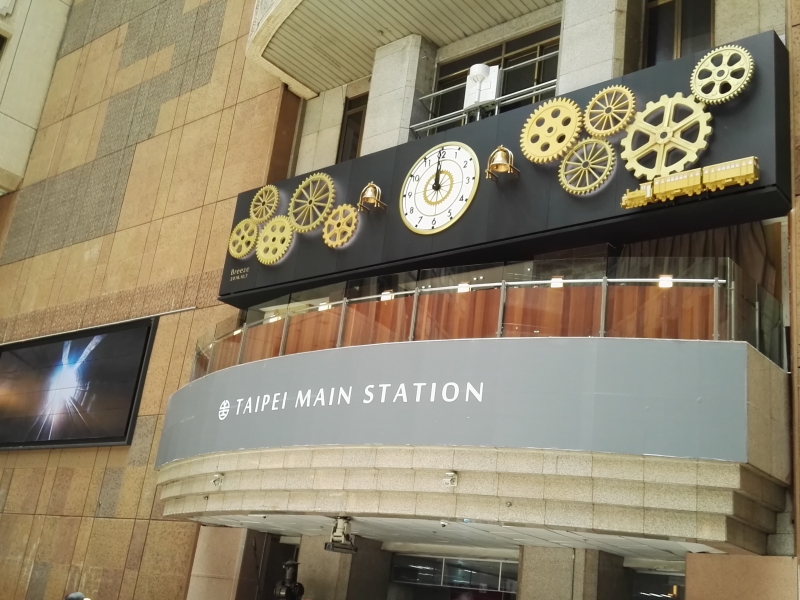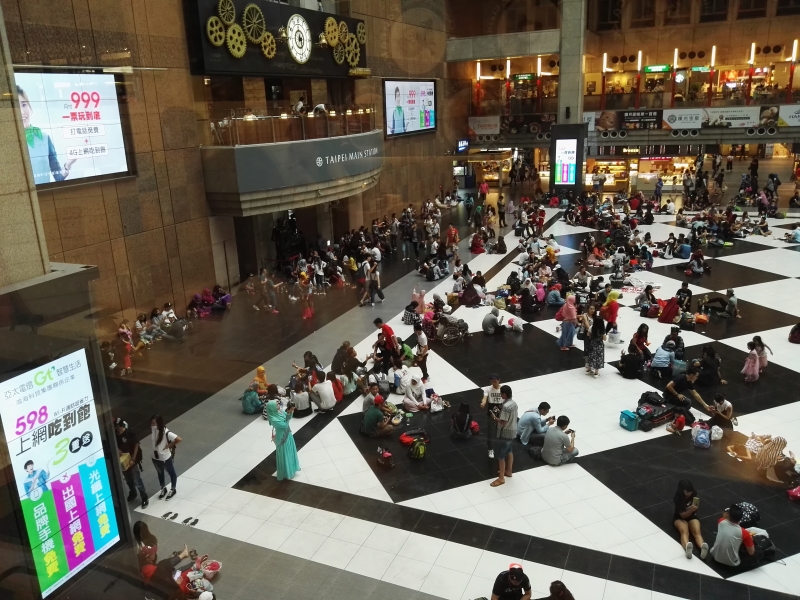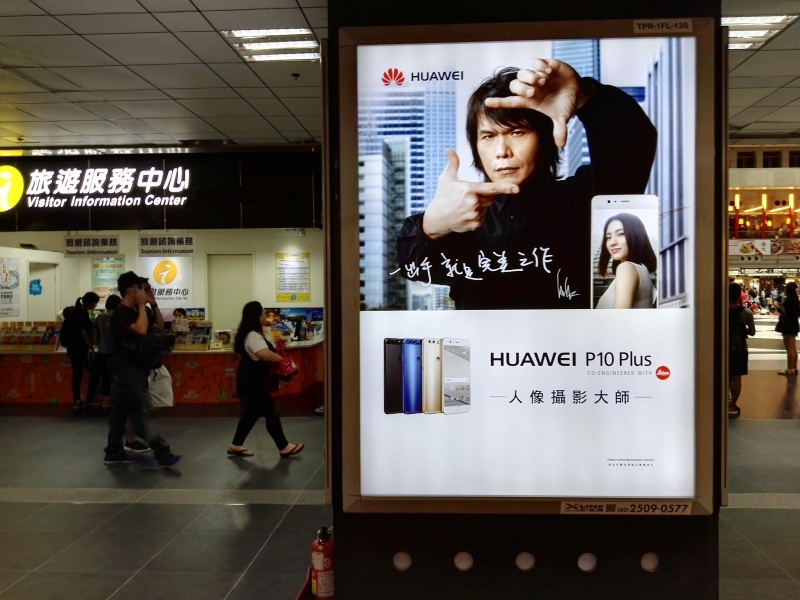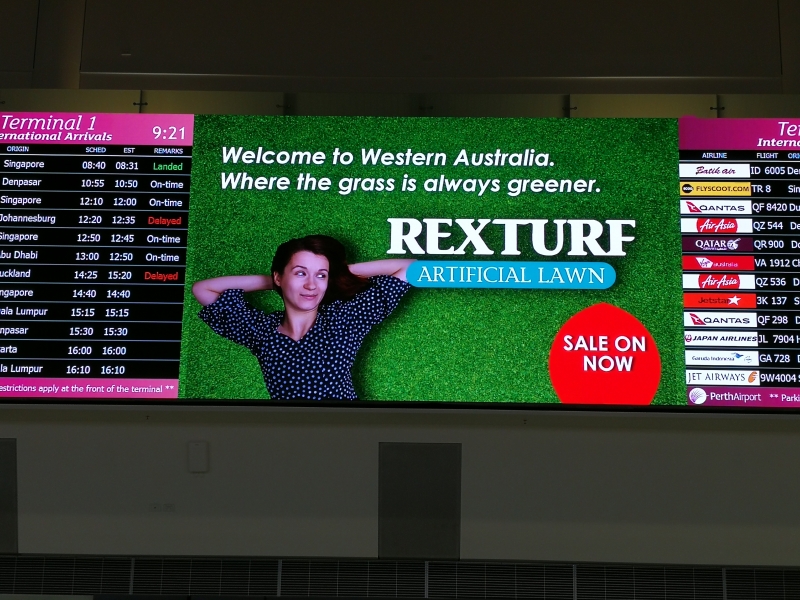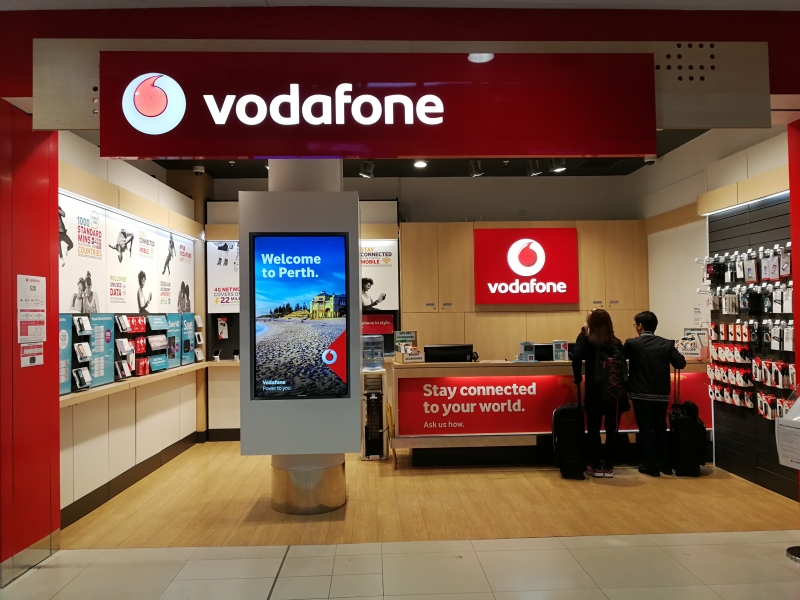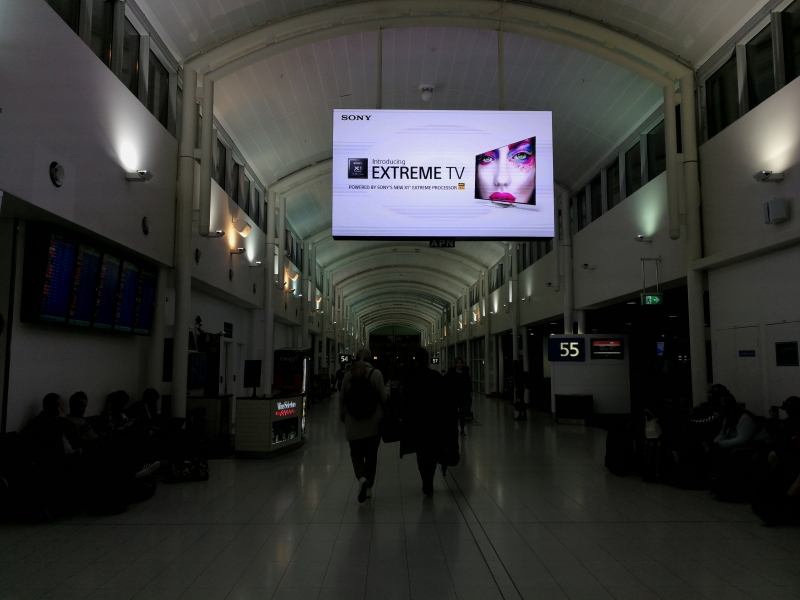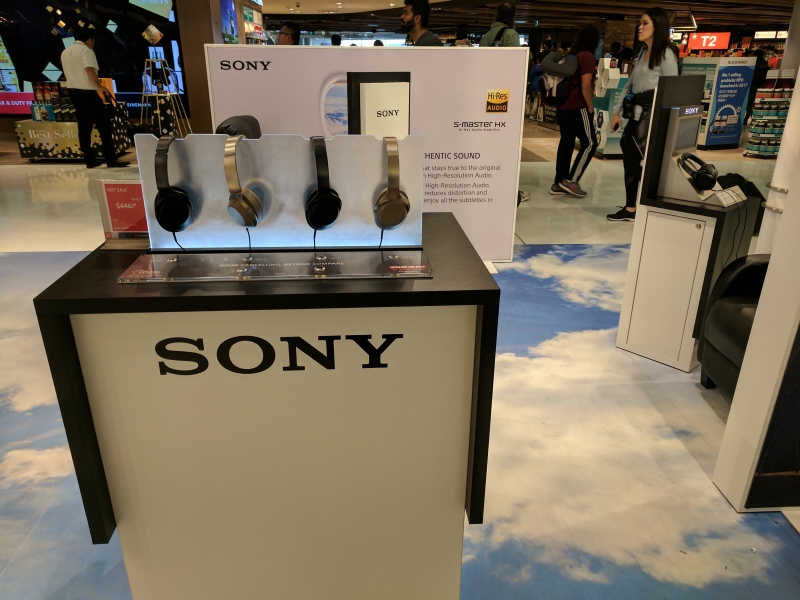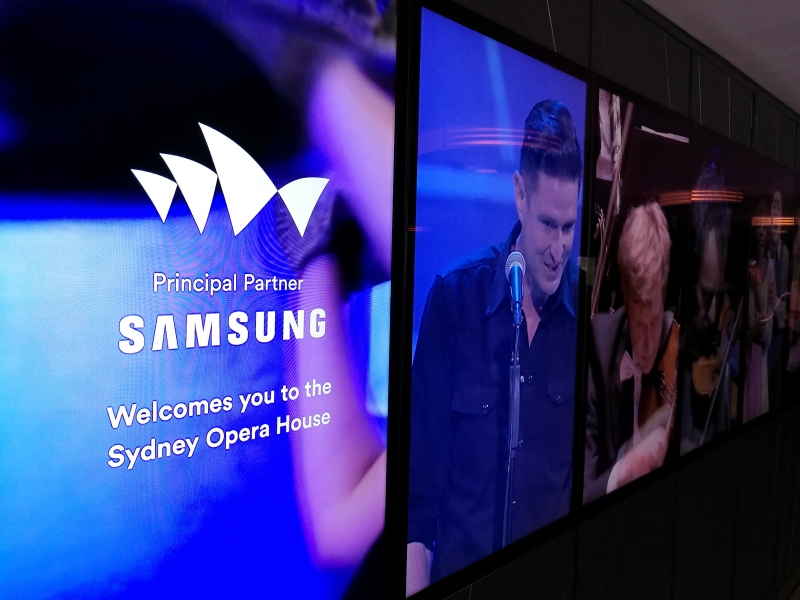One of the largest group of advertisers nowadays are mobile phone brands and if you travel around Asia you can see which companies are spending the most in which locations.
As with everywhere else in China, Vivo invested heavily in the Shenzhen Airport showing off the Vivo Xplay6.
Lenovo was also promoting the Moto line of phones with the Moto Z2 Play near the baggage claim area.
Shenzhen subway systems are similarly covered with Oppo ads.
In Shanghai, the phone ad competition is also very ferocious. Oppo similarly dominates a lot of the ads found in Shanghai subway stations.
At the Shanghai Hongqiao Airport, it's not that surprising to see more Oppo and Vivo ads but it is interesting to see Xiaomi now start to invest in advertising, especially since its market share has been under attack by Oppo and Vivo.
Compared to the US, there are a lot less Samsung ads but you still see them around downtown Shanghai.
You can also see Huawei ads in downtown Shanghai but most of the Shanghai transportation areas continue to be dominated by Oppo and Vivo.
Even at smaller cities like Suzhou, you can see Vivo's Steph Curry ads everywhere.
Compared to the other more carefully posed photos of models found in other ads, the Steph Curry ad photo looks hurriedly taken and it also seems unlikely that he would ever use a Vivo phone in the US.
Given the relationship between Oppo and Vivo, it's not surprising to see a lot of Oppo ads near Vivo ads.
Like Suzhou, Xian is a smaller city in China where you can see Oppo ads as soon as you get into the airport.
Samsung also promoted the Galaxy S8 and Galaxy S8+ in the Xian airport and on buses.
In shopping districts, you can see Huawei P10 and Huawei P10 Plus being promoted
In the famous Wangfujing shopping district in Beijing, China, Apple has its own store in Xian where it can also advertise continuously on a large bright LED display.
Of course, Oppo and Vivo have their own stores and advertising near Apple's Wangfujing location.
In Taipei, Taiwan, people riding public transportation also can't escape Oppo ads.
However, less expensive ad space in Taipei Metro stations are taken up by China Telecom advertising the HTC U11 or PChome promoting the Sony Xperia XZ Premium.
It was interesting to see PChome also get into groceries and everyday items similar to Amazon, perhaps in response to growing online competition in Taiwan.
Refreshingly, the Taipei Main Station is mostly free of ads from Oppo or other phone brands.
The only ad seen was the Huawei P10 Plus which is odd given that Huawei phones are not that popular in Taiwan.
The Australian ad market is very different in that the airports are almost devoid of a lot of phone advertising.
In the Perth Airport the main display ads talk about artificial grass and food with the only 'ads' related to phones found in the Vodafone and Optus airport stores.
In the Sydney Airport, Sony has invested in a lot of advertising for its TV's, headphones, etc.
At the Sydney Opera House, you can find Samsung investing by being its Principle Partner and no overt advertising found anywhere in the Opera House area.
Given the hyper-competitive nature of the mobile phone market in China, it's not surprisingly to see smartphone ads bombard you everywhere you go while it's a lot more tame in a less competitive market like Australia. As the smartphone market matures, many of these ad companies will probably suffer a hangover from all the money being spent in this area- or at least until the next new thing emerges and the advertising business cycle starts all over again.
 GTrusted
GTrusted







